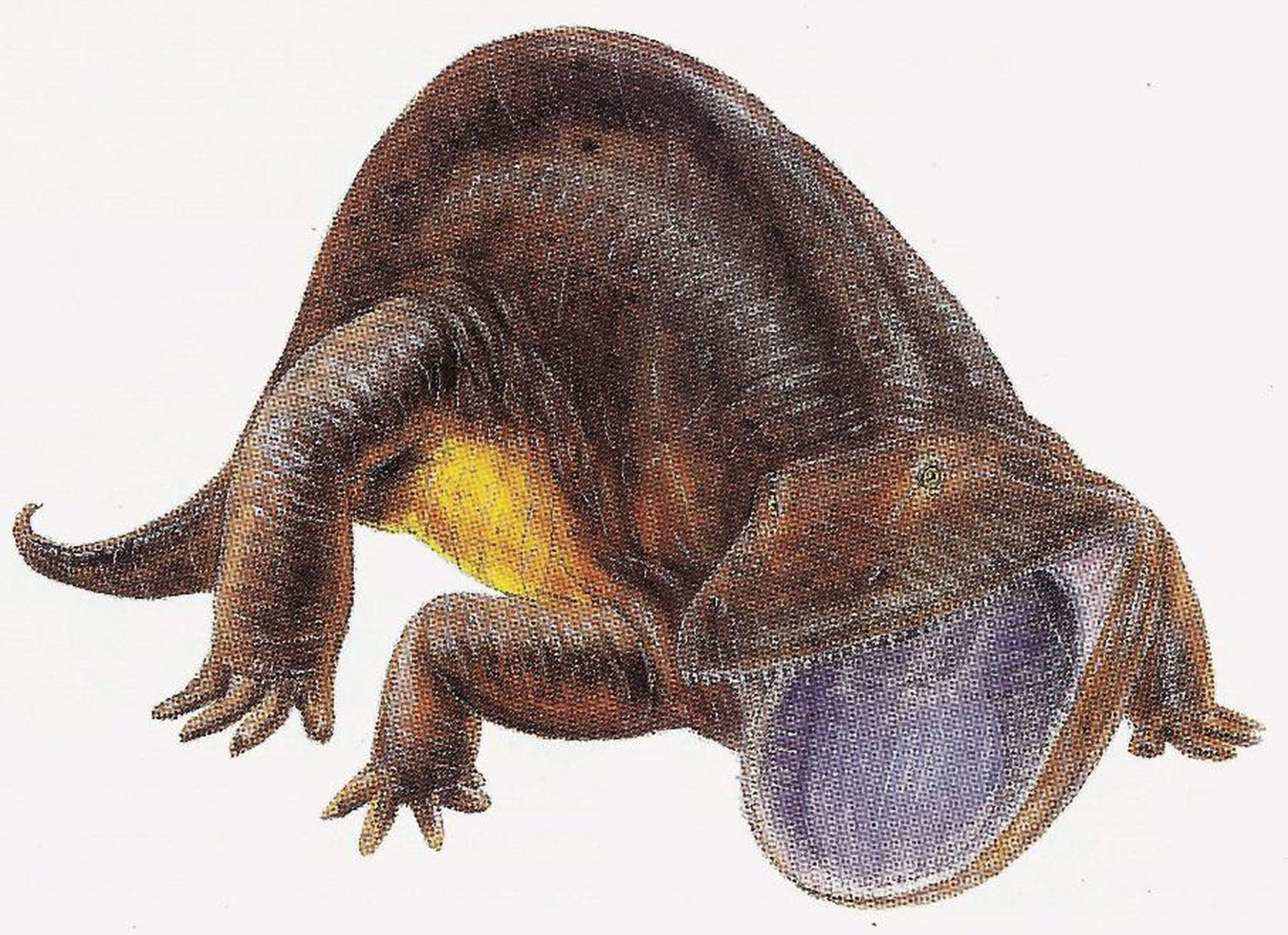In this stretch of the mule track, a block of rock was found with an amphibian footprint dating back to the Upper Carboniferous: it is the most ancient finding referable to a terrestrial vertebrate discovered in Italy.
Towards the mountain, the deep incision of a stream has highlighted a succession of rocks in thin layers alternating with occasional banks, both of quartz conglomerate and of light grey algal limestone. The thin layers represent ancient stratified sands and muds that time cemented and turned into sandstones and shales. These sediments were transported by ancient rivers that flowed from north-west to Southeast and poured their solid cargo (sand and mud) into a shallow sea. The granules and particles accumulated in successive layers on the seabed, not very far from the line of a delta.

